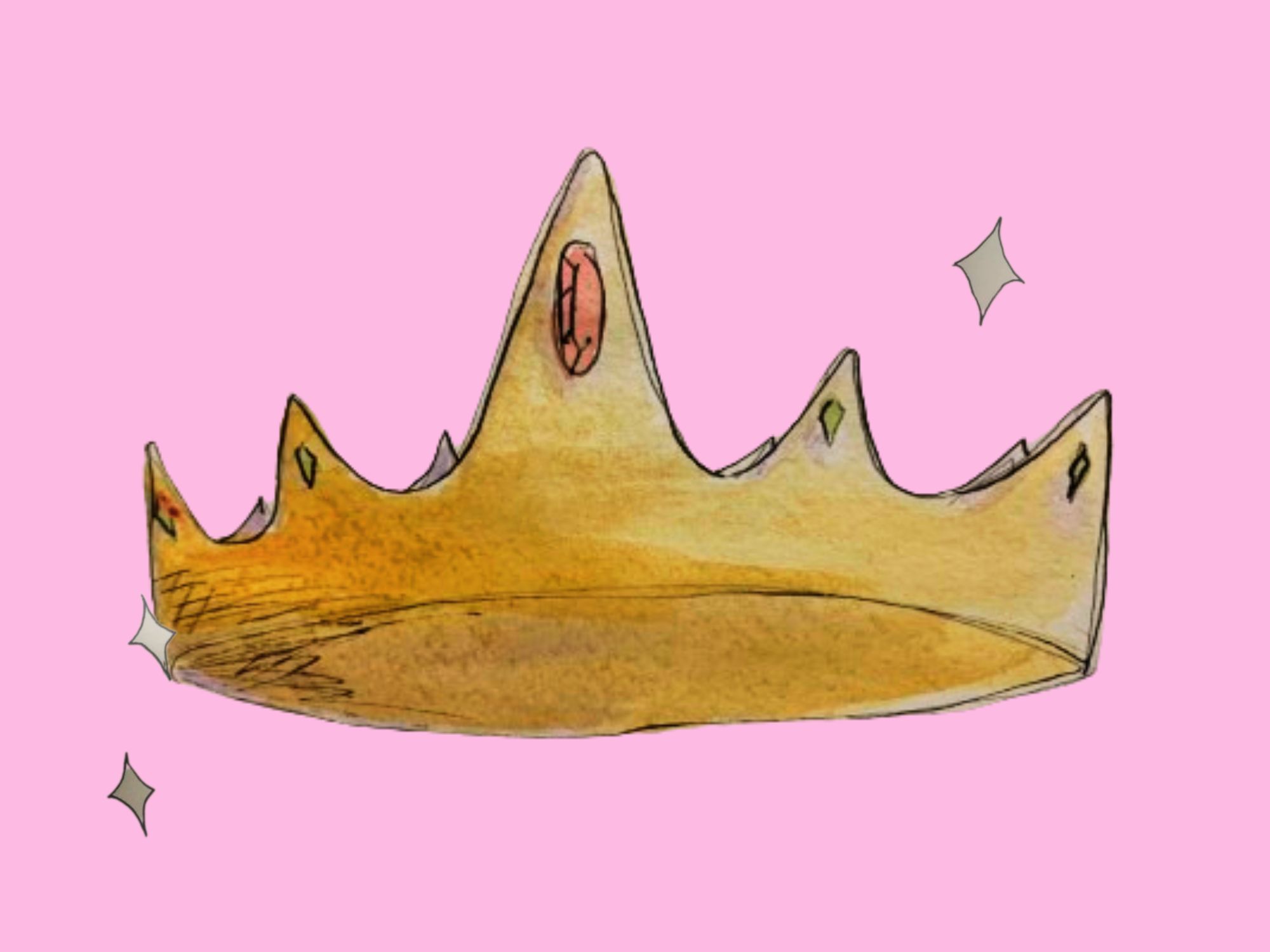Buckingham Palace announced last Monday that King Charles III was diagnosed with cancer and will be taking a step back from public-facing royal obligations. The unexpected diagnosis comes less than two years after Charles III ascended to the throne after the death of Queen Elizabeth II — his mother and the United Kingdom’s longest-reigning monarch.
The diagnosis has also left the world wondering what will happen next in the monarchy’s rapidly changing tradition.

After Elizabeth II defined the monarchy for generations, a shift to “God Save the King” has me wondering how a Queen Consort’s role fits into the monarchy. With male heirs for the next generations to come, how will women continue to fit into the British monarchy?
Furthermore, as the monarchy continues to decline in popularity, is it still reasonable to expect the monarchy to become more inclusive of women at the forefront?
In early tradition, a woman’s spot within the British line of succession was pushed back depending on how many brothers she had. It was until the Succession to the Crown Act was introduced in 2013 that this changed.
Thus, when Prince Louis was born in 2018 and Princess Charlotte became a big sister, Princess Charlotte remained third in line to the throne and Prince Louis held fourth.
It is peculiar that this act was only introduced within the last decade. England had a reigning queen at the time and the nation had been far past its women’s rights movements. As the monarchy dwindled in popularity throughout the years, it would have made sense that this legislation would have been passed earlier in Queen Elizabeth II’s reign, or even before she ascended to the throne.
The United Kingdom has only seen eight queens within its vast historical timeline. The first female monarch was Mary I, daughter of Henry VIII, and she was known as Bloody Mary for plunging England into a civil war.
While the history of British female monarchs started off rocky, a majority of England’s queen eras were defined by prosperity and growth for the nation.
For example, Queen Victoria was the second-longest-reigning monarch in England’s history. During the Victorian era, England saw vast expansion in culture and international influence. Additionally, she was revered as the “grandmother of Europe”, since many of her children and grandchildren went on to marry into other European monarchies.
After the death of Elizabeth II, the British monarchy saw another decline in support. According to the Guardian, a national poll saw a 10% increase in British citizens who believed the monarchy should be abolished or did not see it as very important.
As husband and wife, King Charles III and Camilla should be able to make and sign legislative decisions together. They both have received titles bestowed upon them by the Church of England and Parliament, yet it is the King who gets to make the calls simply because of his blood.
Many royal couples have divided up work. Prince Philip did not hold the title of king, yet still advised and supported Queen Elizabeth II on sovereign activities and affairs.
In the event that King Charles III cannot perform his usual duties, the “Counsellors of State” are authorized to carry out the official duties of the Sovereign, even able to call a Privy Council. Camilla, Queen Consort is included in this group of decision-makers, along with Prince William and Prince Harry.
Since it is uncertain how Charles III will go about treatment for his cancer, it’s very likely that Camila will be taking on extra tasks as Queen Consort.
The senior women of the royal family have had some independence when it comes to philanthropic work.
For example, Princess Diana frequently visited hospitals, schools and other charities on royal visits after her divorce from Prince Charles. Camilla, Queen Consort is a patron of many orchestras and theaters and Kate, Princess of Wales is a patron of many family welfare associations and pediatric hospitals and hospices.
As the monarchy no longer holds any legitimate political power, it feels as though the public shouldn’t have much of a say in how its institution is run. But since a sliver of taxpayers’ dollars go to funding the royal family’s homes and excursions, the monarchy has established itself as a part of its citizens’ lives and must deliver to the public in exchange.
The monarchy’s future for the next generations is dominated by men. While there is no way to change this tradition, other than abolishing the monarchy, it is helpful for the partners of the members of the royal family to take an equal role in decision-making and legislation, even if they are not royal by blood.
A woman is not in the monarchy just to receive a title — it is expected that she takes on an equal amount of duty as her husband.





























































































































